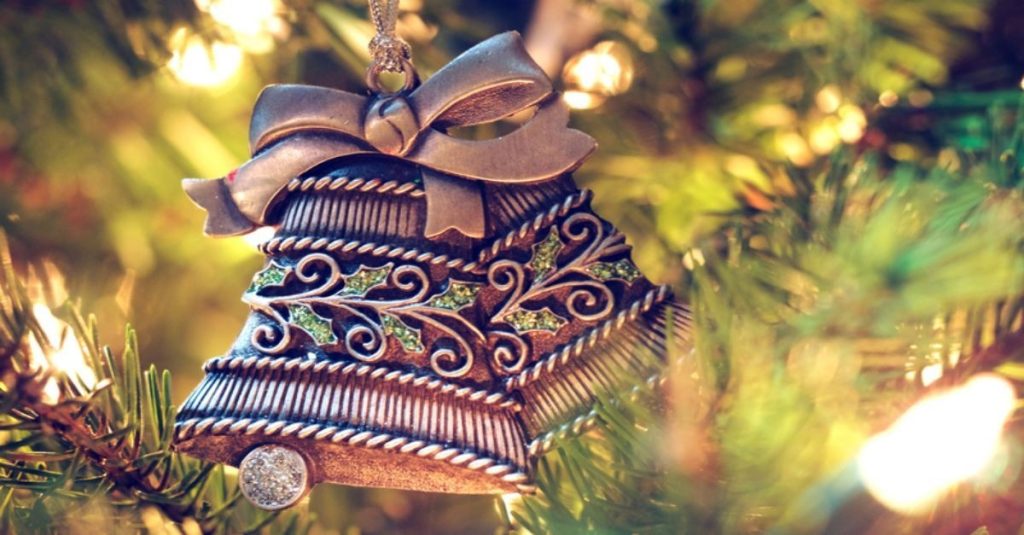Holiday
Christmas’s history, meaning, and symbols
Christmas, often known as the Nativity, Noel, Christmas, or Xmas (from the French Noel, an acronym for the root Emmanuel, which means “God with us”), is a holiday. Most Christians believe that Jesus of Nazareth was born. They hold that Jesus was born in Bethlehem in the Judean province of Judah, which at the time, between 6 B.C.E. and 6 CE, was governed by the Roman Empire.
The history and significance of the Christmas holiday (Noel)
Some nations observe this day on December 25, while others observe it once more the evening of December 24. Roman Catholics consider December 25 to be the official feast, also referred to as “the principal feast of the day” and the night of the 24th month. The “vigil” is the number 12. On December 24th, additional press organizations typically come. Christmas is observed by Eastern Orthodox on January 7 in accordance with the Gregorian calendar since they continue to use the Julian calendar to establish this date.
The letters Christ and Mas make up the word Christmas.

This feast was observed along with Epiphany during the early centuries of the Christian era (first to second centuries C.E.). However, Saint Clement of Alexandria (150–215) spoke of a very special feast that was observed on May 20 as early as the year 200. On December 25, the Latin Church also observes it. Another explanation is that the early Christians abstained from birthday celebrations because they thought doing so amounted to heathen idolatry.
Because of this, no one observed Jesus’ birth throughout the first three centuries. By the fourth century, Christians were starting to desire to commemorate the birth of Jesus once a year, but they were reluctant to do so out of fear of being found out and persecuted by the Roman government because Christianity had not yet become entrenched at that point. acknowledged as a valid religion.
The “Sun God,” who on December 25 delivered light to the world, was honored by the Romans every year. Christians used this chance to commemorate the birth of Jesus and spread illumination. On the same day as the Roman “Sun God” feast, light and life were given to mankind. As a result, the authorities were unaware that Christians were commemorating Jesus’ birth.

Constantine, the Roman emperor, converted to Christianity in 312 after giving up polytheism. This man changed his plans to celebrate Jesus’ birthday instead of the “Sun God.” Pope Liberius designated December 25 as the official day to commemorate Jesus’ birth in 354.
For many years, Christian scribes recognized Christmas as the occasion of Jesus’ birth. However, academics started to put forth a different theory in the early 18th century. Christmas Day, according to Isaac Newton, was chosen to coincide with the Northern Hemisphere’s winter solstice, which was once observed on December 25. Paul Ernst Jablonski, a German, claimed in 1743 that Christmas was established on December 25 in order to coincide with the day of Sol Invictus in the ancient Roman calendar. Numerous other civilizations and religions also observe the festival toward the end of December before Christians do.
Kawaii 80s Horror Christmas Movie Lcon Movie T Shirts
An ideal shirt as a gift for Christmas holiday
BUY NOWWhat “Merry Christmas” means

Nearly everyone from all ages and beliefs sends greetings to one another around Christmas, not just Christians. Merry Christmas refers to joy and Christmas refers to the lambs of God (Old English usage). Instead of saying “Merry Christmas,” many people choose to say “Happy Christmas.” When Queen Elizabeth II herself spoke the words “Happy Christmas” in the 19th century, they quickly spread throughout the globe.
Christmas From Another World Best Graphic Tee
An ideal shirt as a gift for Christmas holiday
BUY NOWChristmas meanings and symbols
Advent wreath
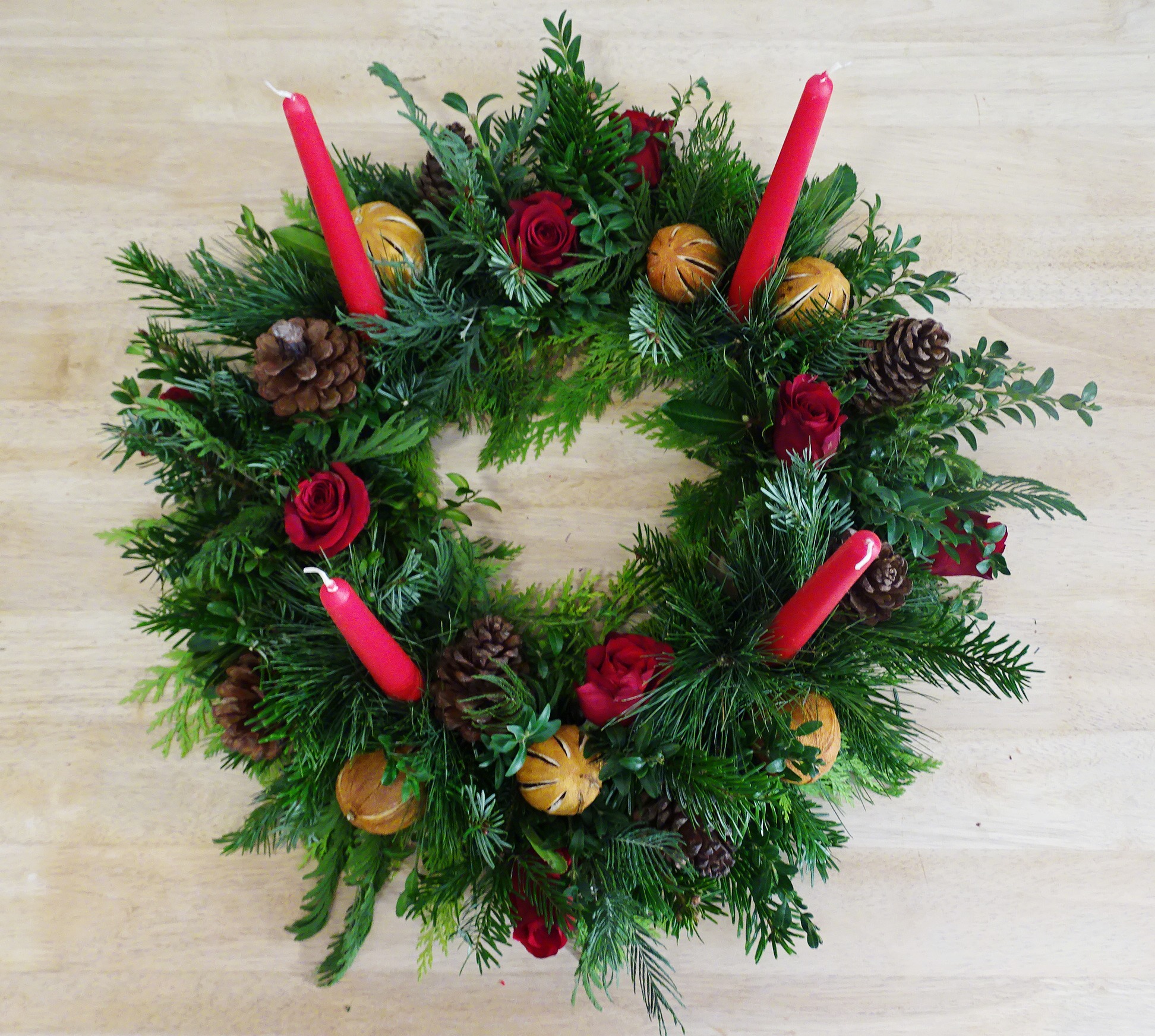
I’m The Tennis Elf Family Matching Group Christmas TShirt
An ideal shirt as a gift for Christmas holiday
BUY NOWChristmas cards

It all started in 1843 when wealthy English merchant Henry Cole commissioned London painter Horsley to create a lovely card for him to deliver to his friends. Horsley published the first card in history during Christmas that year, and 1000 copies have since been created. In the ten years after the British Government approved a rule in 1846 allowing anybody to send letters to anyplace at a low cost, Christmas cards immediately took off and were popular in the UK. Soon after, this trend was introduced to Germany; however, Americans did not adopt it until 30 years later.
Santas Favourite Tennis Player Men Apparel, Christ T-Shirt
An ideal shirt as a gift for Christmas holiday
BUY NOWChristmas gift

Cave and manger
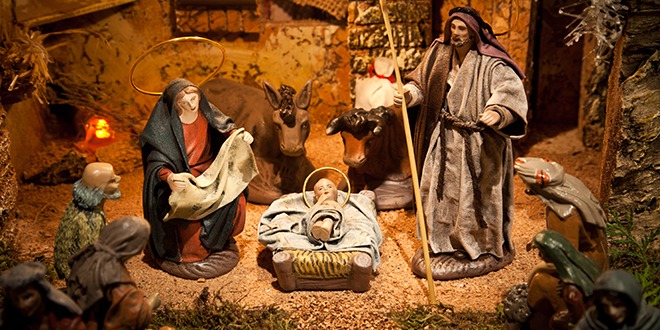
Today, on the evening of December 24, churches display caves with mangers, inside of which are images of the Virgin Mary and the Child Jesus, flanked by donkeys, the Three Kings, a few angels, and saints. The three kings are being led to God by Joseph, who is on the roof, using a light emanating from a star. Everyone prayed to the merciful God to deliver humanity from war, famine, and sorrow.
Christmas tree

Since the 16th century, the Christmas tree has its roots in Germany. This tree can withstand extreme weather conditions and yet seem sturdy, solid, and evergreen. The image of this tree gradually became more prevalent, and it was regarded as the festival’s focal point. Participants clasped hands and danced around the elaborate pine tree both inside and out while carrying flowers, apples, roses, and colored paper. The Christmas tree first became popular in England in the 19th century.
Germans in Pennsylvania introduced the Christmas tree to the United States in the 1820s. Nowadays, people frequently purchase a pine tree close to Christmas and adorn it with stars, pearls, shimmering tinsel, flowers… In the celebration to usher in the new year, the pine tree is seen as a representation of optimism and fresh energy.
Gifts in socks

The most gifts are hoped for by kids. Everyone in the family used this occasion to give the kids gifts in the hopes that they would be good students and follow instructions. Since then, it has become customary for kids to hang socks near to the fireplace so that Santa Claus will leave them presents in their dreams.
Christmas Star
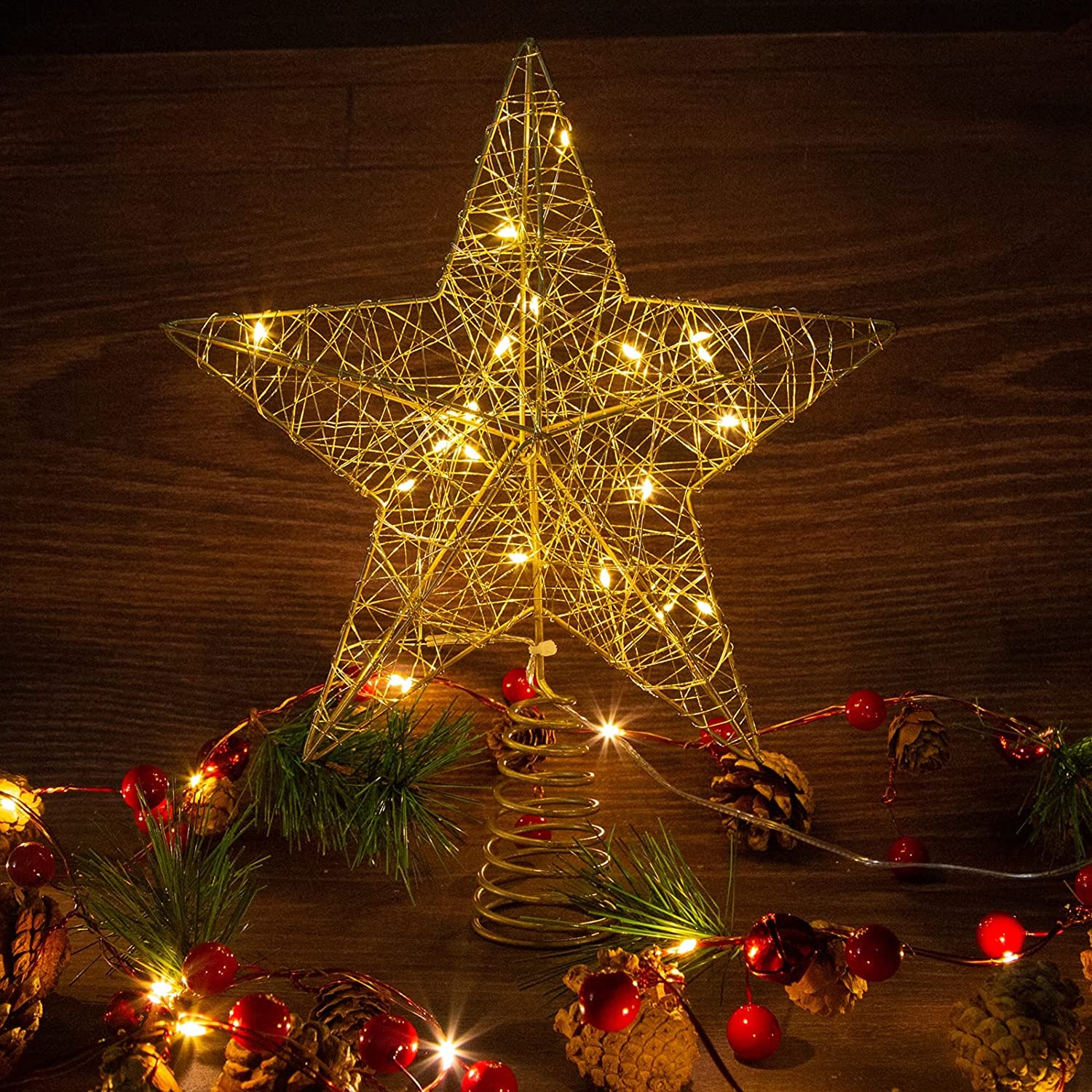
Santa Claus
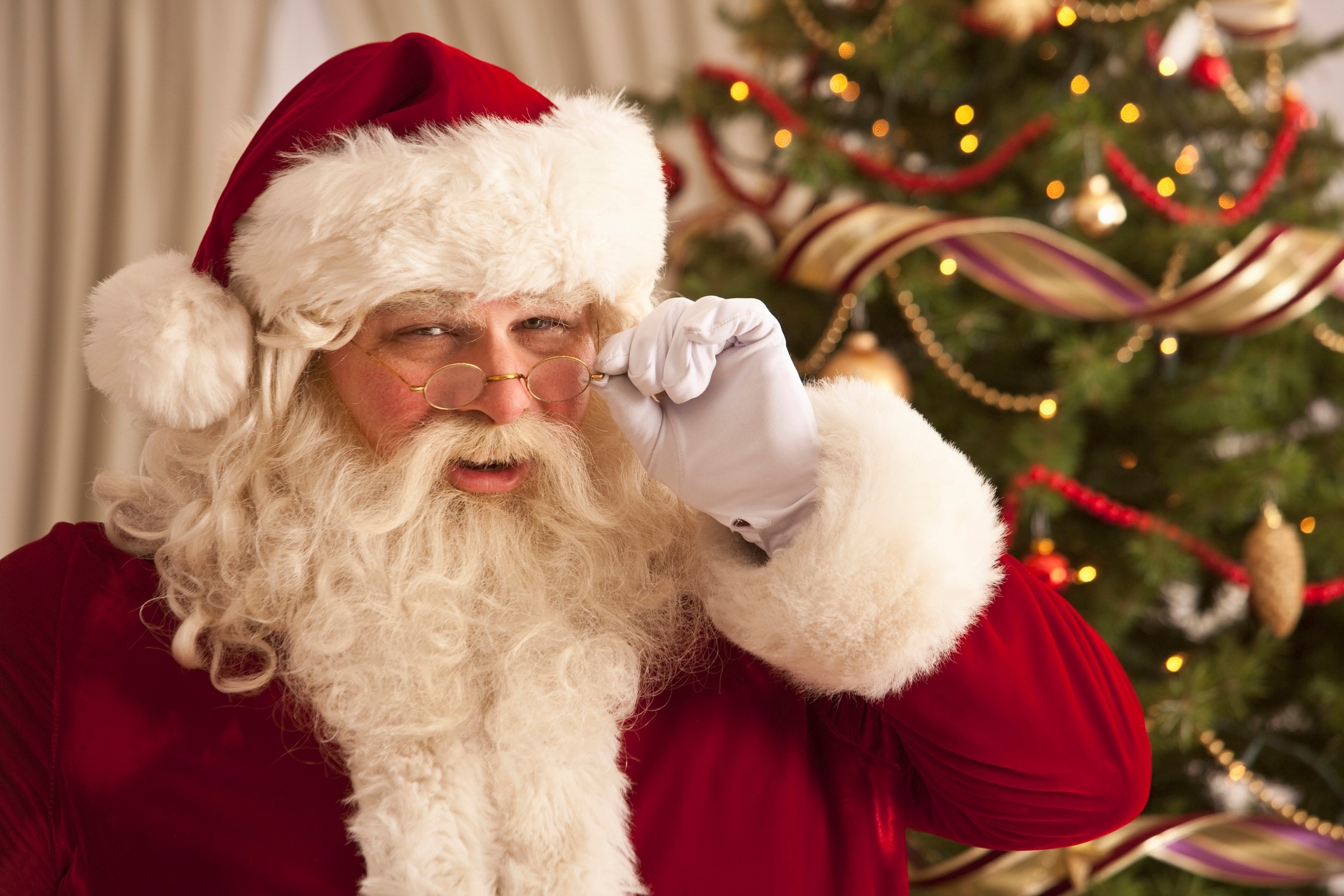
Santa Claus’ red attire

Because he still rides a horse and wears his old woodcutter attire when he visits the youngsters to deliver gifts, Santa Claus has not yet fully transformed into Santa Claus. When the village’s headman Nicholas passed by his house one day, he was immediately mesmerized by the rickshaw pulling two stunning reindeer with adorable bells attached. The landlord had a bright red fur hat on his head and was dressed in a bright red suit. “I also deserve it; my horse is too old and complaining, and these clothes can’t withstand the winter’s chill much longer.”
Mistletoe and holly
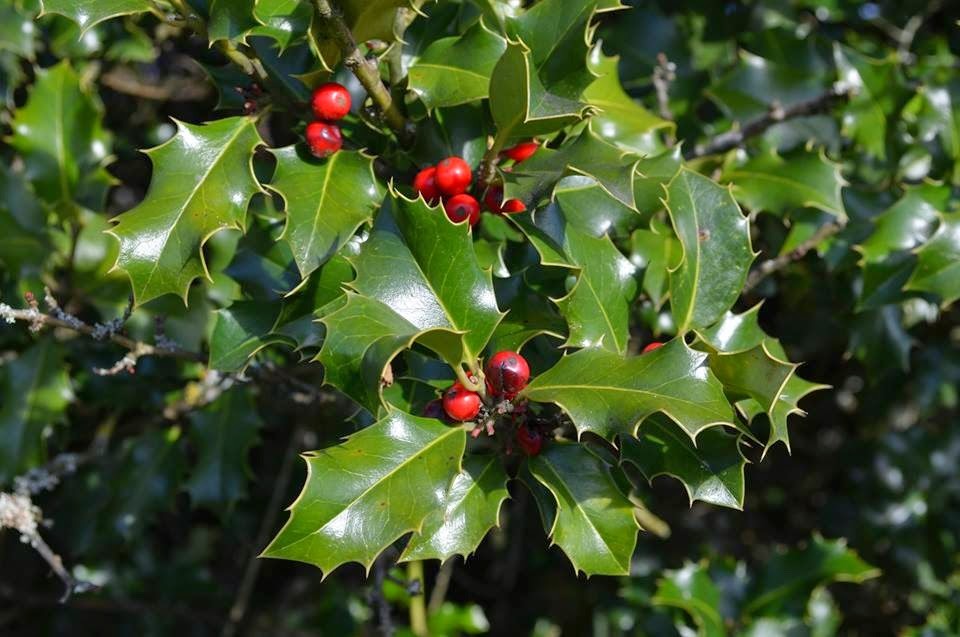
Pagans used mistletoe to welcome winter two hundred years before Jesus was born. They frequently choose this particular plant and use it as interior decor. According to their beliefs, this plant has the unique capacity to treat a wide range of illnesses, from female infertility to food poisoning. Mistletoe is seen as a symbol of peace and harmony by people in Scandinavia. The mistletoe was also associated with their goddess of love, Frigga. This idea is likely the origin of the tradition of kissing under the mistletoe. Because mistletoe has pagan origins, the church first forbade its usage during the holiday season. The priests recommended using holly as a Christmas tree rather than mistletoe.
Poinsettias

The poinsettia plant was introduced to the United States in 1882 by Joel Poinsett, the first American ambassador to Mexico. Mexico is the poinsettia’s native country. The poinsettia was seen by the Mexicans of the 18th century as a representation of the star of Bethelem. A boy, according to mythology, brought a handful of leaves to the manger because he had nothing else to give the Baby Jesus. My companions made fun of me, but as I placed the branches at the Child’s feet, the branches blossomed into lovely red flowers.
Candy stick

A confectioner in India sought to use a confectionery emblem in the 1800s to convey the significance of Christmas. One of his candy bars was bent into the shape of a sugar cane as he began to develop his concept. He infused images of Jesus’ love and self-sacrifice through the sugar cane. White is a symbol for Jesus’ innocence and purity.
The three little stripes then stand in for the hardships that the Lord underwent before to his passing on the torturous cross. Additionally, those three stripes stand for God’s glorious trinity (the unity of the Father, the Son, and the Holy Spirit). To symbolize the blood that God spilt for mankind, he added a prominent stripe. Because Jesus is the shepherd of the people, the hook of the staff has the appearance of a shepherd’s staff. The stick will transform into the letter J, which represents the first letter of the name Jesus, if you hold it upside down (Jesus). Everyone is aware of the true meaning of Christmas now thanks to that candy producer.
Reveillon meal
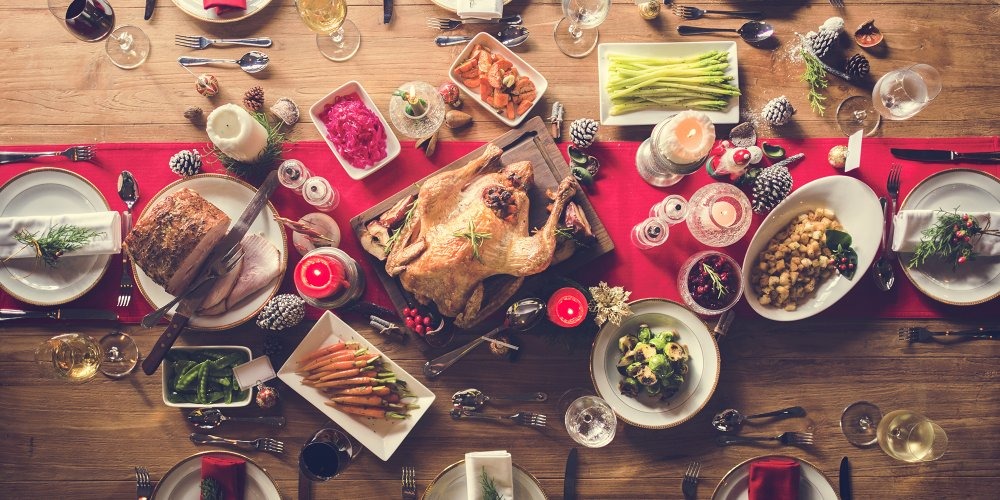
This dish must contain the three elements of water (carp, oyster), air (turkey or geese), and wood (wood) in Alsace, France (pork). The Mexican sailors who traveled with the adventurer Christophe Colomb brought the practice of eating turkey.
Christmas song
The song “Jingle bell” was written by J. Pierpont, but poet Carl Sandburg included it in a collection of well-known American folk songs he named “American song bag.” Contrary to popular belief, this song was not written on Christmas Eve.

The words, which are simple and straightforward, capture the spirit of the American people in favor of a successful snow season. It unintentionally turns into a Christmas carol thanks to the image of Santa Claus holding a gift bag full of toys while riding a reindeer automobile with jingle bells. When the German-Austrian-Prussian War came to a conclusion, priest Joseph Mohr wrote the song “Stille Natch, Heiligo Natch,” which became known as Silent Night, Holy Night. Later, it gained popularity in Austria and America; today, it is available in approximately 100 languages.
Buche Christmas Cake
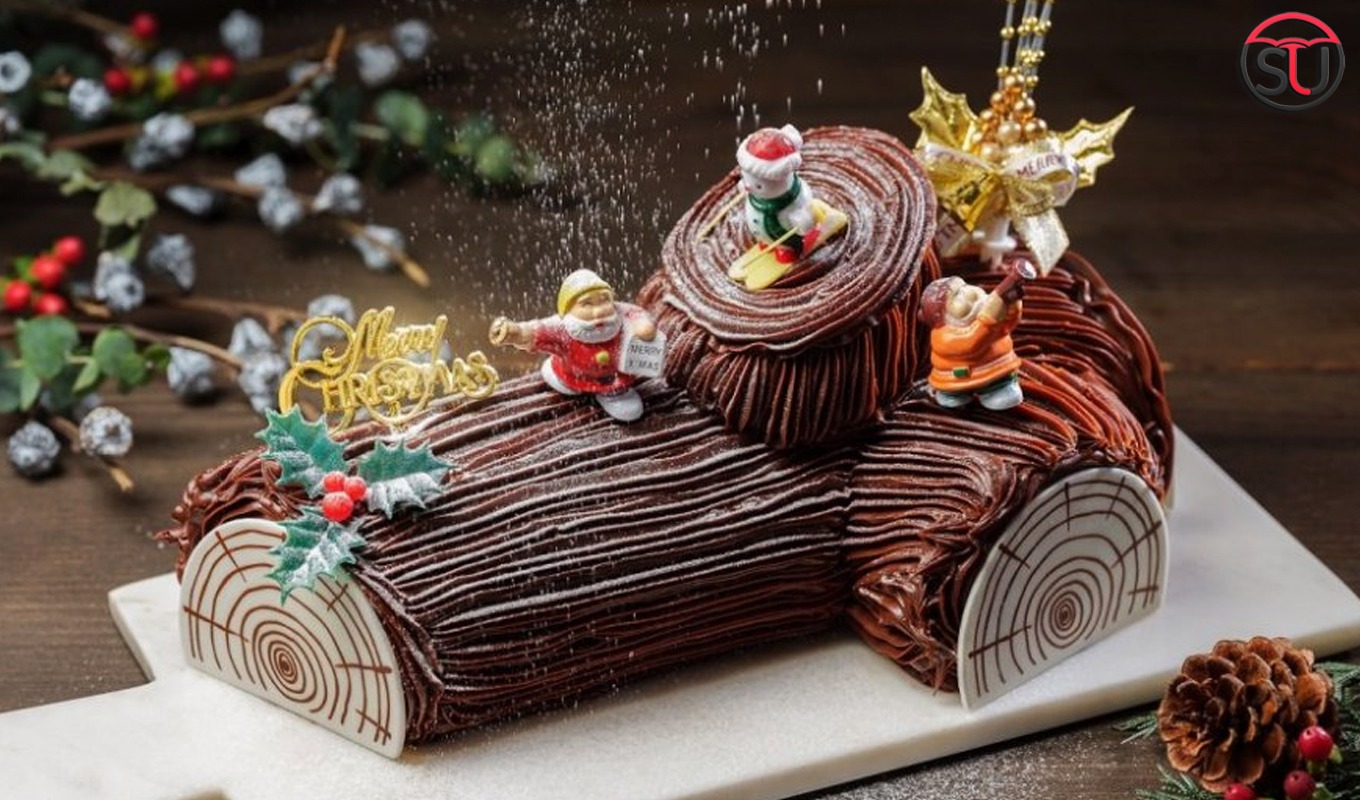
Westerners’ ancestors used to stack wood up the chimney because they thought that the more the fire shook, the more evil spirits would be frightened off. Currently, the practice is dwindling because fewer homes have chimneys. Instead, a baker’s idea in France in 1875 led to the creation of a firewood tree-shaped cake that has been enjoyed by all on Christmas Eve ever since.
Church Bells
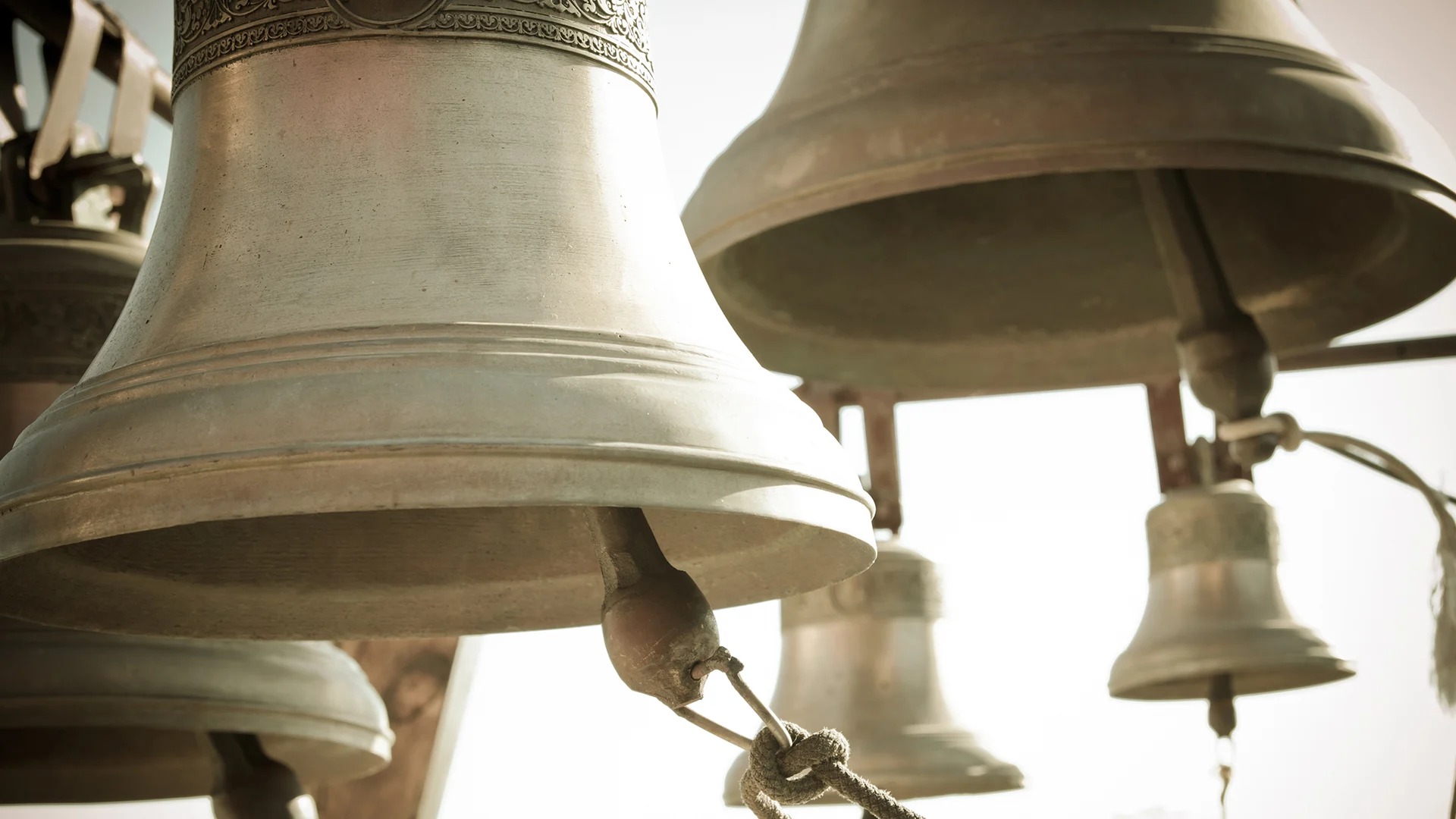
In various Asian societies, bells are used to announce to the populace whether a happy or sad event has taken place. This tradition was brought to Western nations to commemorate the Savior’s arrival on earth after the birth of the infant Jesus. To commemorate the birth of Christ, church bells sound throughout Spain at midnight.
Christmas Candles
Christmas Eve candles are the subject of many urban legends. Many people think Martin Luther was the first to take the effort to light numerous candles on the Christmas tree’s branches. He was in awe of the beauty of the light from the stars lighting on the tiny pine branch in front of his house when he went home one winter night close to Christmas. By affixing candles to the branches of the Christmas tree at his home to depict the Star over Bethlehem, he was able to reproduce this image.


